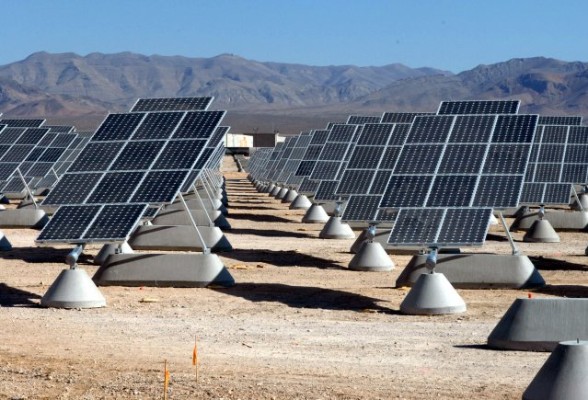
How Climate Change Threatens the U.S. Energy System
In early June, the U.S. Government Accountability Office released a report criticizing the Department of Defense’s use of past extreme weather data to inform future planning; it recommended that the Secretary of Defense “…incorporate climate projections into installation master planning…”
The Department of Defense is the second-largest consumer of U.S. energy, and the largest contributor to U.S. government consumption. Climate change threatens virtually every aspect of the U.S. energy system, from infrastructure to information systems. This has major national security implications, since climatic disruptions to domestic energy supply could have far-reaching consequences, including on our Defense systems
Physical Risks
Sea Level Rise, Storm Surge, and Extreme Events
Coastal regions house energy facilities, military bases, and communities which are vulnerable to sea level rise, subsidence, and hurricanes. Gulf Coast refineries are responsible for 44% of total U.S. oil-refining capacity; Texas alone refines 27% of U.S. military-grade fuel. A substantial portion of those facilities are less than three feet above sea level. The Gulf of Mexico also houses several of the nation’s largest ports and terminals used to export U.S. oil and natural gas.
Refineries are particularly vulnerable to flooding and storm surges, and the Gulf Coast could experience up to 1 meter of sea level rise by 2100 – putting an additional 25 gigawatts of power capacity at risk. Sea level rise, more intense storms, and land subsidence all threaten the energy system. The potential impacts include energy supply disruptions, costly damage to infrastructure, and release of millions of gallons of oil and hazardous material into communities in the case of a breakdown.
Drought and High Temperatures
Drought and high temperatures expose electricity infrastructure to damage from wildfires, particularly in the Southwestern U.S. and other arid regions. In aftermath of the 2017 California wildfires, Pacific Gas and Electric Company faced billions of dollars in losses and liability; the company ultimately filed bankruptcy after the California fire investigators determined PG&E’s culpability in the blaze.
The infrastructure for electricity, fuel, and information are interdependent, and extreme events affecting the energy system could therefore have cascading impacts on other sectors. The resultant widespread loss of power could shut down the entire fuel supply chain. Such a shutdown would cost billions of dollars for multiple sectors and impact communities nationwide.
Water Availability
Decreasing water availability is already affecting multiple forms of energy production. Reductions in snowpack and timing reduce availability of hydroelectric power, while drought threatens energy systems that rely on water for cooling, refining, and production. In the future, more frequent heat waves will increase the demand for electricity, stressing water resources that are used for electricity production, agriculture, and population demands.
U.S. National Security
The Department of Defense accounts for 77% of the U.S. Government’s energy consumption. The DoD spends about $3.5 billion a year on natural gas and electricity and $12.5 billion on fuel. Additionally, the U.S. military uses local services for data centers, food production, and medical facilities – all of which rely on electricity sources. While the DoD does have backup systems, climate disruptions to domestic energy supply could undermine the DoD’s core mission to defend the homeland and require domestic military mobilization.
Crises caused by climate disruptions should be considered a national security risk in their own right. Deploying troops to a climate crisis would undermine readiness, especially if the military itself were short on energy resources. The two-fold threat of climate change – the DoD’s reliance on vulnerable energy systems and potential for deployment to a crisis – highlights a key area where U.S. military resilience must be improved.
Going Forward
The design of the U.S. energy system as whole needs to become more resilient to climate change. While development of renewable energy, smaller electricity grids, and electric vehicles have made improvements, there must be more system-wide planning. This should include water recycling and reuse, construction of backup generation systems, and relocation of critical services.
As climate risks to the grid grow, the DoD should develop additional backup systems that are resilient to climate-induced fuel supply and electricity disruptions. Current policies typically focus on protecting existing infrastructure via seawalls and generators, but the DoD should instead prioritize resiliency. Options such as micro-grids and building-based power plants using renewables and battery storage enable the DoD to be less dependent on the U.S. grid in the case of a crisis.
The GAO report was on to something – identifying future climate vulnerabilities is critical for maintaining the DoD’s core mission. Revitalizing the U.S. energy system is a critical part of sustaining that mission.






